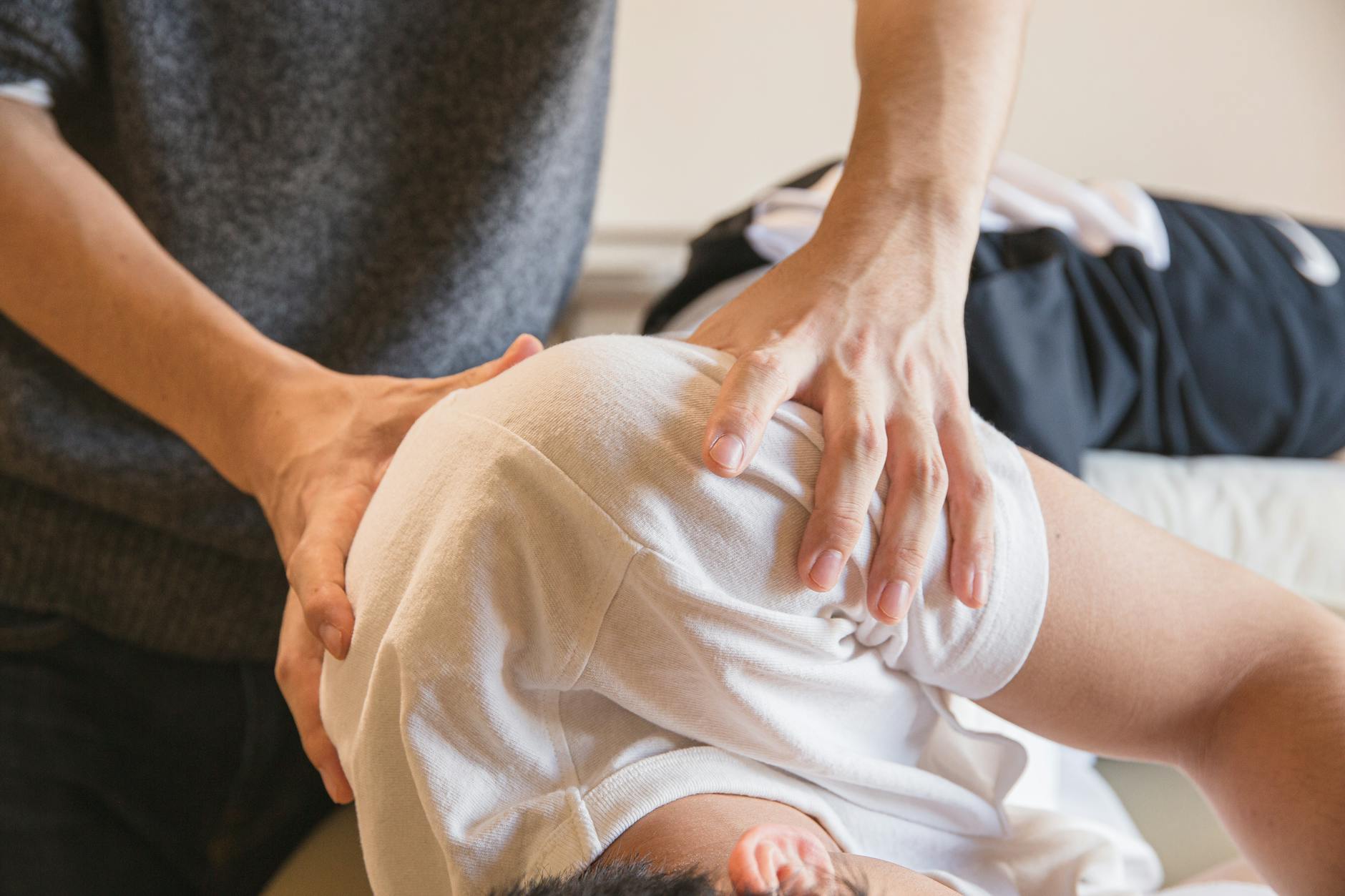Are you tired of living with lower back pain? Discover tried and true tips for finding relief and living pain-free.
Table of Contents
Welcome to our comprehensive guide on alleviating lower back pain. Whether you experience occasional discomfort or chronic pain, the tips and tricks outlined in this blog post can help you find relief and improve your quality of life.
Understanding Lower Back Pain
Lower back pain is a common issue that can be caused by various factors, including poor posture, muscle strain, or underlying health conditions. It can range from mild discomfort to debilitating pain, impacting your daily activities and quality of life.
Causes of Lower Back Pain
Common causes of lower back pain include:
- Poor posture
- Muscle strain
- Obesity
- Sedentary lifestyle
- Arthritis
- Herniated discs
Symptoms of Lower Back Pain
Symptoms of lower back pain may include:
- Dull, aching pain in the lower back
- Sharp, shooting pain that radiates down the legs
- Stiffness and limited range of motion
- Numbness or tingling in the legs
Managing Lower Back Pain
While the underlying cause of lower back pain should be diagnosed and treated by a healthcare professional, there are several strategies you can incorporate into your daily routine to alleviate discomfort and promote healing.
Physical Activity
Regular exercise can strengthen the muscles supporting your back and improve flexibility. Low-impact activities such as walking, swimming, or yoga can be beneficial for reducing lower back pain. Consult with a physical therapist for a personalized exercise plan.
Proper Posture
Maintaining proper posture throughout the day can help alleviate strain on your lower back. Sit up straight, avoid slouching, and use ergonomic furniture to support your spine. Adjust your workspace to promote good posture while sitting at a desk.
Weight Management
Excess weight can strain the muscles and joints in your lower back, contributing to pain and discomfort. Adopting a healthy diet and staying within a healthy weight range can reduce the burden on your back and improve overall wellness.
Home Remedies for Lower Back Pain
In addition to lifestyle changes, there are several home remedies that can provide temporary relief from lower back pain:
| Tips and Tricks for Alleviating Lower Back Pain | |
|---|---|
| Tip | Trick |
| Practice Good Posture | Make sure to sit and stand with proper alignment to reduce strain on your lower back |
| Stay Active | Engage in regular exercise, such as walking or yoga, to strengthen your core muscles and improve flexibility |
| Use Heat and Cold Therapy | Apply ice packs to reduce inflammation and heat pads to relax muscles and increase blood flow |
| Practice Stress-Relief Techniques | Stress can worsen back pain, so try relaxation techniques like deep breathing or mediation |
| Improve Your Sleep Environment | Invest in a supportive mattress and pillows to ensure proper spinal alignment while sleeping |
| Avoid Prolonged Sitting or Standing | Take breaks to move around and change positions regularly to prevent stiffness and discomfort |
| Seek Professional Help | If pain persists, consult with a healthcare provider or physical therapist for personalized treatment options |
Heat and Cold Therapy
Applying a heating pad or ice pack to your lower back can help reduce inflammation and alleviate pain. Alternate between heat and cold therapy to find what works best for you.
Stretching and Relaxation Techniques
Gentle stretching exercises and relaxation techniques such as deep breathing or meditation can help alleviate muscle tension and promote relaxation. Incorporate these practices into your daily routine to manage lower back pain.
Over-the-Counter Pain Relief
Over-the-counter pain medications such as ibuprofen or acetaminophen can help reduce pain and inflammation associated with lower back pain. Follow the recommended dosage and consult with a healthcare provider if pain persists.
When to Seek Medical Attention
If your lower back pain is severe, persistent, or accompanied by other symptoms such as numbness or weakness in the legs, it is important to seek medical attention. A healthcare provider can perform a thorough evaluation, diagnose the underlying cause of your pain, and recommend appropriate treatment options.
Conclusion
Lower back pain can be a debilitating condition that affects your quality of life. By incorporating the tips and tricks outlined in this blog post, you can manage your pain effectively and work towards alleviating discomfort. Remember to consult with a healthcare professional for personalized treatment recommendations.
FAQ
Here are answers to some common questions related to alleviating lower back pain:
Question 1: What are the most common causes of lower back pain?
Answer 1: Common causes of lower back pain include poor posture, muscle strain, obesity, sedentary lifestyle, arthritis, and herniated discs.
Question 2: How can I manage lower back pain at home?
Answer 2: You can manage lower back pain at home by incorporating strategies such as physical activity, proper posture, weight management, heat and cold therapy, stretching, relaxation techniques, and over-the-counter pain relief.
Question 3: When should I seek medical attention for lower back pain?
Answer 3: You should seek medical attention for lower back pain if it is severe, persistent, or accompanied by symptoms such as numbness or weakness in the legs. A healthcare provider can diagnose the underlying cause and recommend appropriate treatment.
Question 4: How can I prevent lower back pain in the future?
Answer 4: To prevent lower back pain in the future, maintain proper posture, engage in regular exercise to strengthen core muscles, practice stress-relief techniques, ensure a supportive sleep environment, and avoid prolonged sitting or standing. Consult with a healthcare provider for personalized prevention strategies.





